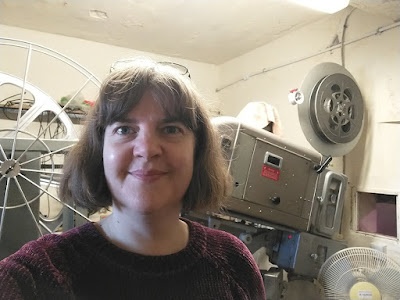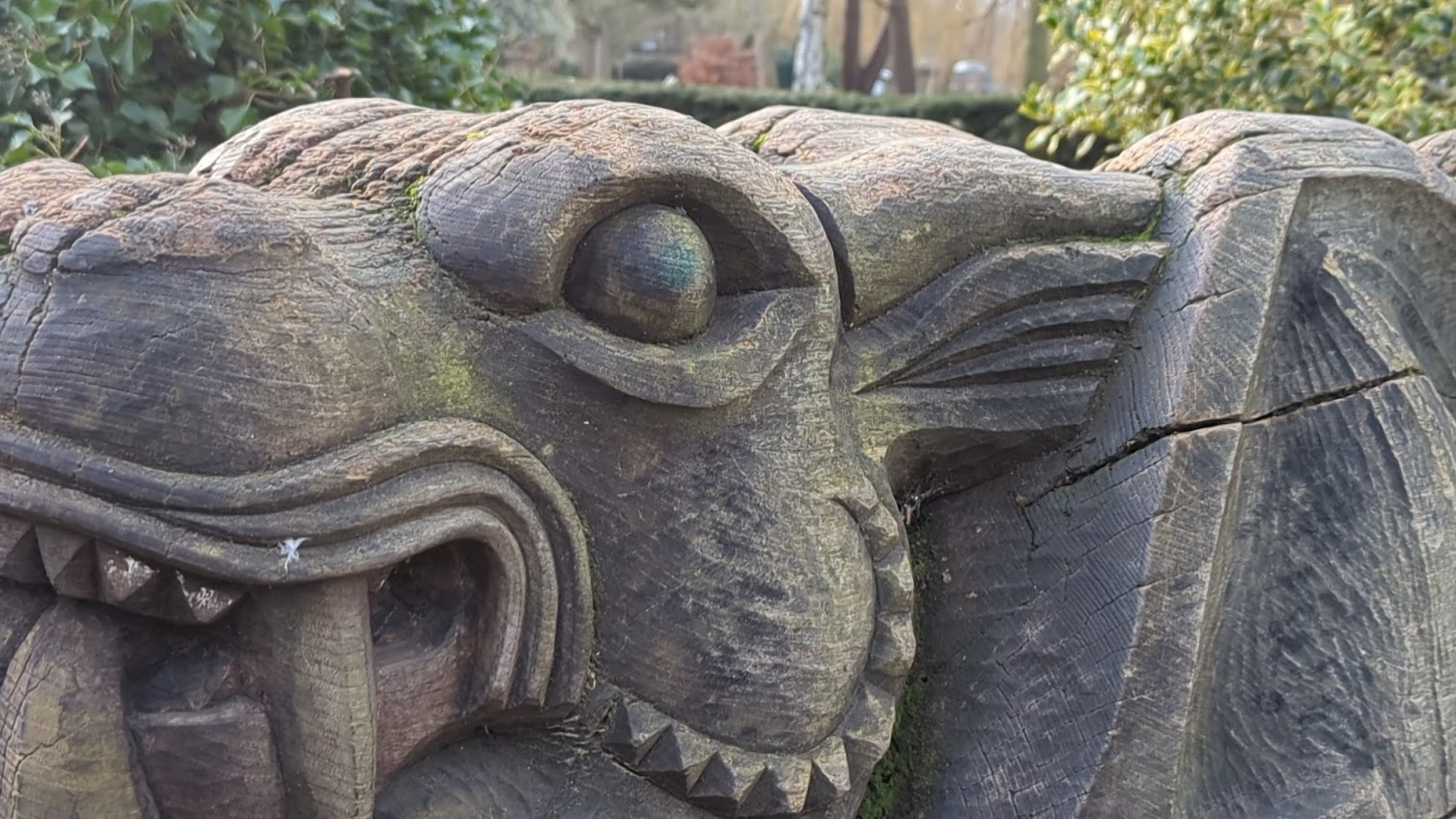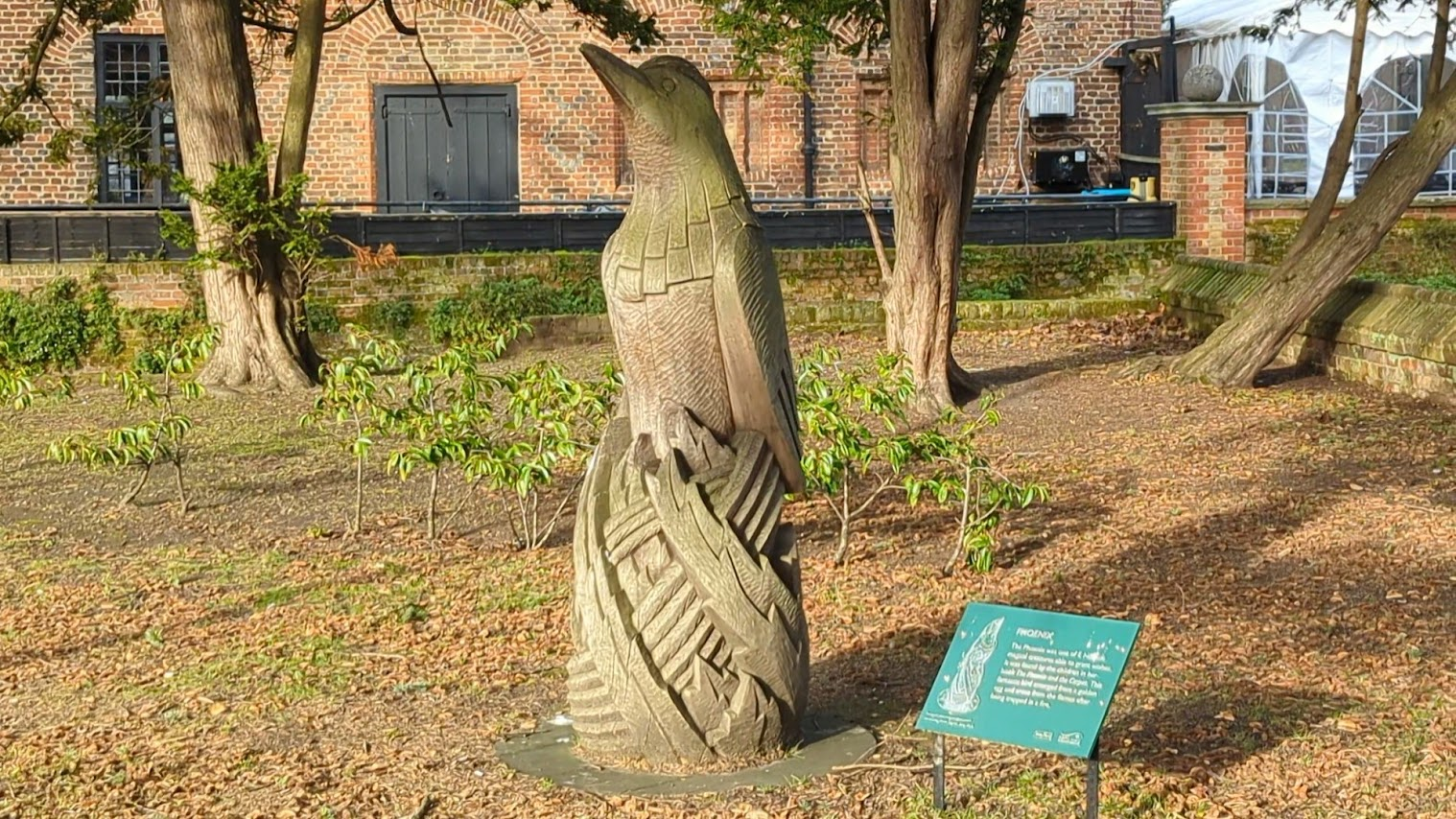History
was my favourite subject at school and it still fascinates me today – I’ve
always got a pile of history books next to my bed (my favourite place to read!).
What interests me most about history is not the big picture, the great canvas
that shows the rise and fall of empires and kings and queens, but the all the small
portraits of the people who make up history. I want to know about those in the
frontline, the led not the leaders and that’s why I have a fascination with
family history.
This
is what got me into history in the first place – my family story. Everyone will
have something in their family history worth sharing. I help put together a
podcast (We Have Ways Family Stories) in which listeners send in stories of
their relatives from the Second World War. Hundreds were sent in. These range
from tales of brave men and women doing incredible things… to those whose
battle was just to stay alive… to those whose part in history almost makes you
laugh.
One
listener told of a relative who worked at a top-secret weapons factory. The
roof was covered in grass to make it look like a field with a few wooden cows
and sheep scattered around. This person’s job was to climb up on to the roof
each morning and move the cows and sheep around in case the Germans realised
they were always in the same place.
So,
everyone’s family has a story but you have to go out and look for it. That’s
what I did with mine and it’s one of the main reasons I became obsessed with
history.
I’ve
an old photograph hanging in my house of my great-granddad, WH Anderson, known
as Bertie. It’s been handed down the family and I grew up hearing stories of
Bertie and his three brothers, Ronnie, Charlie and Teddie. They were all killed
in the First World War and so I decided I wanted to write their story so we
would have a way of always remembering them and their short lives.
This
is what I found out…
When
war began in the hot summer of 1914, Charlie Anderson, a lieutenant in the
Highland Light Infantry, wrote home that he “was so glad we will all be in this
one together.” Charlie, like many Britons and in particular British soldiers,
was excited at the thought of going to war. He pictured marching off to fight
the Germans with his three brothers at his side. But by the time his brothers
arrived in France, Charlie was already dead.
Charlie’s
war lasted eight days. He went into the trenches on 11 December 1914. On 19
December he took part in an attack on the German lines and was never seen
again. His body was never found. His parents, Nora and Willie, were told he was
missing, but that didn’t mean he was dead. They had to wait seven terrible
months until it was confirmed Charlie was gone forever.
By
then Ronnie was at the front. He joined Charlie’s battalion, determined to ‘do
his bit’, as people at the time used to say.
He
lasted longer than Charlie, but not by long. In October 1915, Ronnie, a tall
man with long legs, didn’t notice he’d stopped by a place in the trench which
was not as deep as the rest. He was shot by a sniper.
What
must this have been like for the two remaining brothers, Bertie and Teddie?
What about Nora and Willie? Two of their children gone, the remaining two now
at the front and in daily danger of suffering the same fate. What was it like
to live like that for day after day, month after month, year after year?
By
March 1918, Teddie was in the Royal Flying Corps – he left school and joined
up. The first time he went abroad was to go to war. If you lasted six months at
the front as a pilot, you were sent home to be an instructor – most pilots
didn’t last that long. Teddie sent long letters home from France. In one he
wrote about singing all the way home after surviving a raid on some German
observation balloons. I picture him sitting in the cockpit, swaddled in his
massive leather coat with its fur collar, scarf flapping in the wind and
goggles fixed tight, shouting out his song. I wonder what song it was?
On
16 March 1918, Teddie, now an instructor in Kent, suffered a catastrophic
engine failure while on a test flight. His injuries were fatal. “He slipped
away to a better place,” the nurse who treated him wrote to Nora.
Nora
put a thin black line through 16 on her pocket March calendar. Nine days later
she made another mark.
On
21 March, the Germans launched a huge attack, a last bid to win the war. Bertie
and his men of the Highland Light Infantry stood in their way. On 25 March he
was killed. He’d spent his final day leading his men in attack after attack. He
died a hero – later awarded a Victoria Cross. The medal is in the Imperial War
Museum along with photographs and the story of him and his brothers. When I go
to London, I go and see the medal. It feels like I’m saying hello.
informing her that he'd been killed
Bertie
never knew of the medal, or the fact he would be considered a hero. I wonder
what Nora, his mother, made of it. Four children, all gone in the space of four
years. How do you cope with that? She made an album about her boys, photographs
and letters and newspaper cuttings, everything she had of them. All she had
left of them.
I’ve
got the album. I’m looking after it until I hand it on to my children and I
hope they will hand it on in due course. And that way someone will always
remember Nora’s boys, Bertie, Ronnie, Charlie and Teddie.
Robin Scott-Elliot has been a sports journalist for 25 years with the BBC, ITV, the Sunday Times, the Independent and the ‘i’, covering every sport you can think of and a few you probably can’t. He threw that all away to move home to Scotland and chase his dream of writing books instead of football reports. Once there his daughters persuaded him to write a story for them and that is how his career as a children's author began. Finding Treasure Island is his latest book and is published by Cranachan.















































